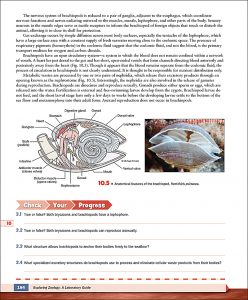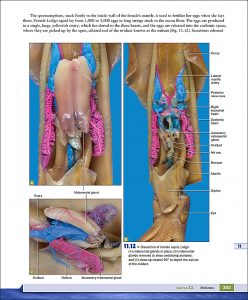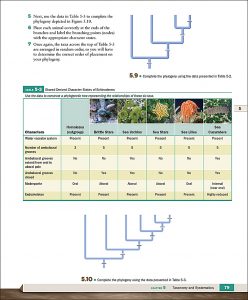David G. Smith received his B.S. in biological sciences from Clemson University in 1992 and his M.S. in zoology from the University of Oklahoma in 1995, where he taught zoology labs for six years. He accepted a faculty appointment at the University of Richmond as the Director of Biology Laboratories and taught laboratory courses there for another four years. David coauthored his first zoology laboratory manual in 1996, launching a writing career that has spanned more than two decades and has produced six zoology lab manuals and dissection guides, four of which have gone into multiple new editions. He has since moved out of the classroom to concentrate his efforts on authoring educational materials that are designed to improve the quality of the laboratory experience for zoology students.




